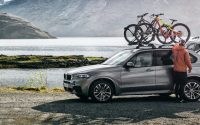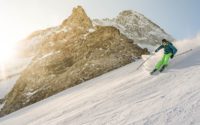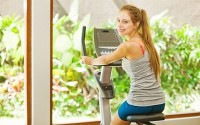Things to Consider When Buying the Ideal Ski and Snowboard Helmet
If you’re looking to buy your first ski or snowboard helmet for the upcoming winter season, there are a couple of important factors to consider before making a purchase in order to ensure you get the right fit. A ski and snowboard helmet is much different from skateboard and bike helmets, and it has specific features such as temperature-sensitive materials, ear coverage and moisture-wicking liners to protect you in snowy, cold conditions.
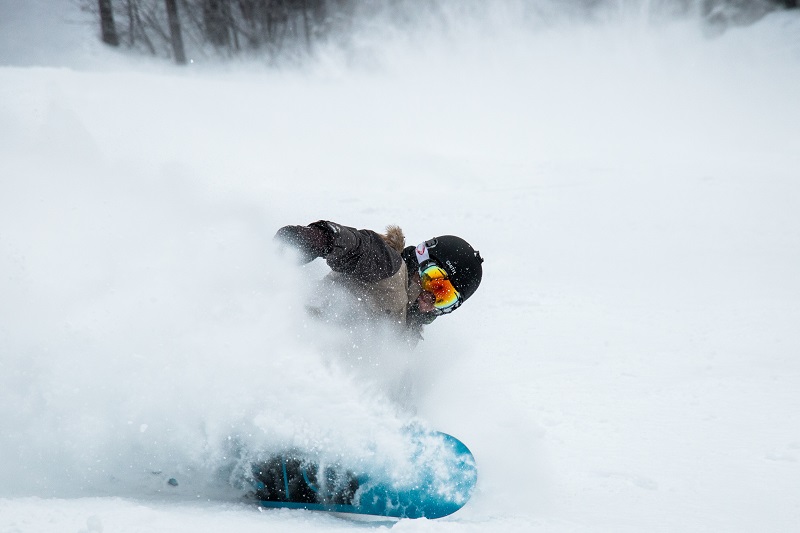
Typically, a quality ski and snowboard helmet consists of an outer shell, which is a rigid surface usually made of high-impact ABS plastic to protect your head from abrasions, knocks and sharp objects by helping spread the impact energy when you fall. Furthermore, the helmet has an inner liner usually made from expanded polystyrene foam (EPS), a material which looks similar to Styrofoam and is also designed to absorb impact. In an event of a fall, the foam is compressed to help protect your head.
Besides construction, the most important thing to consider is the fit of the helmet. If you’re shopping for one at a retail store, try on helmets to find one that’s comfortable and sits on your head properly. If you have goggles, bring them with you to try them on with the helmet. If you’re buying online, however, make sure you’re buying from a store that will let you exchange the helmet in case it doesn’t fit.
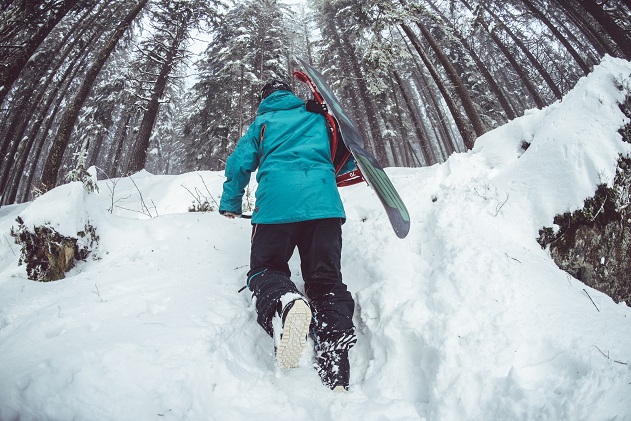
A good helmet should feel snug, but it shouldn’t be too tight. If it rocks back and forth, it means the fit is too loose. Try shaking your head front to back and side to side. If it shifts, get a smaller helmet, or adjust the sizing mechanism. There shouldn’t be any gap between the helmet and the top of your goggles, so make sure it fits snugly to the top of the goggles without hindering your vision or pushing down the goggles.
Furthermore, the helmet should be positioned low enough to protect your forehead, and it shouldn’t be more than about 2-3cm above your eyebrows. Additionally, the chinstrap should fit back against the throat to reduce the chances of coming off when impacted. The strap should fit snugly, and it should be loose enough for you to chew food without feeling as if you’re choked.
Lastly, consider the helmet’s features and accessories. Things like vents, a camera mount, built-in speakers, liners, goggles compatibility and a hard case that you can carry it around with are things that can make one helm better than others. These features and accessories add convenience and functionality, so decide what matters to you and what doesn’t to find the ideal one.

